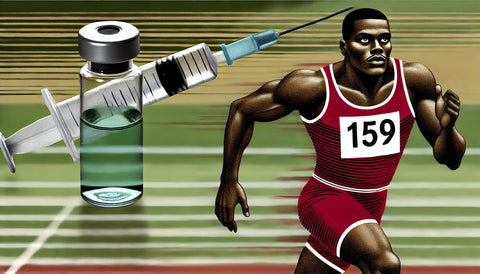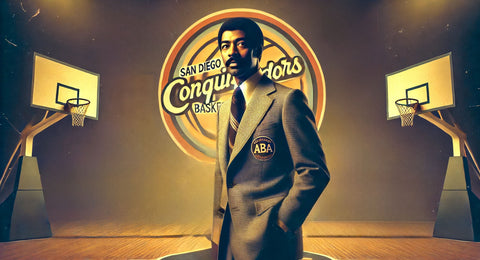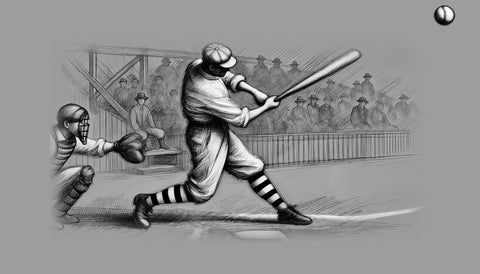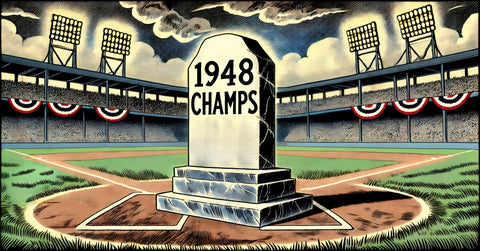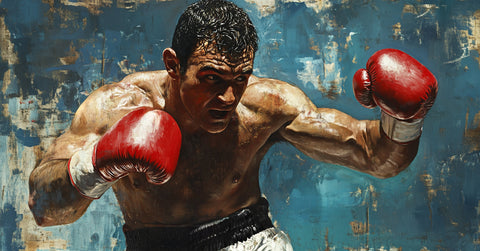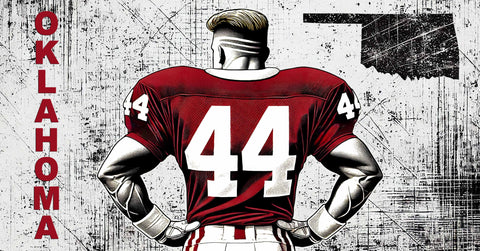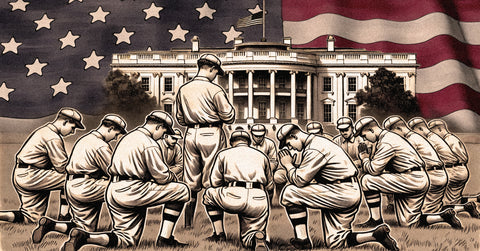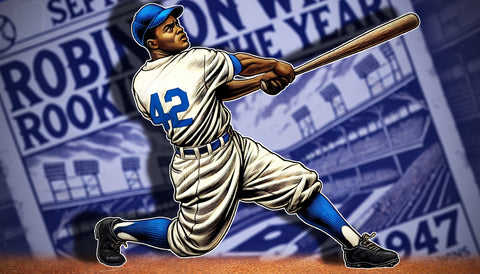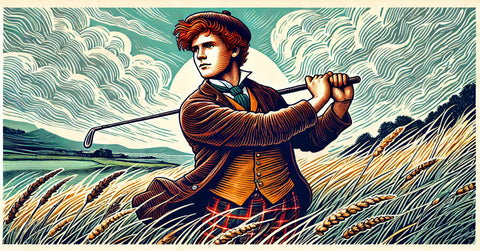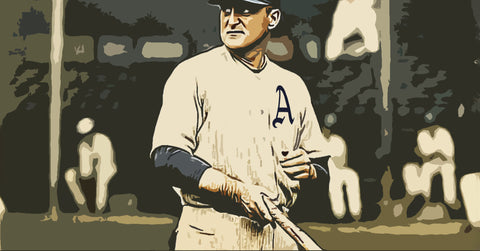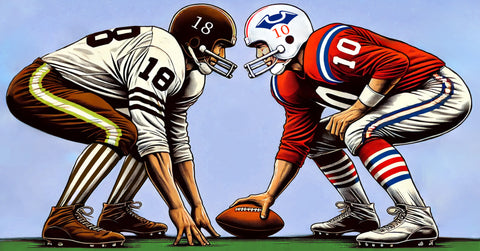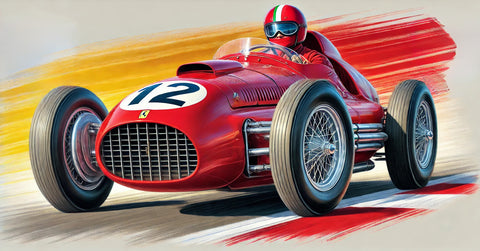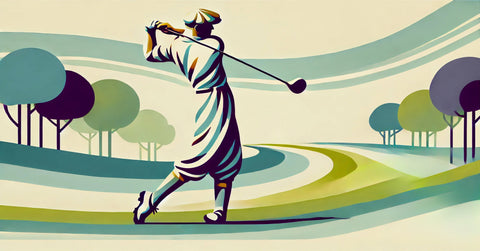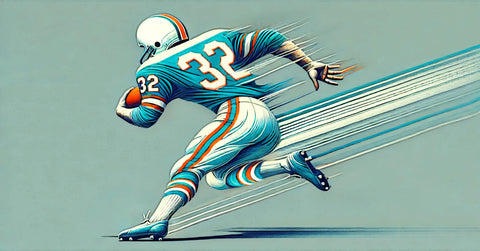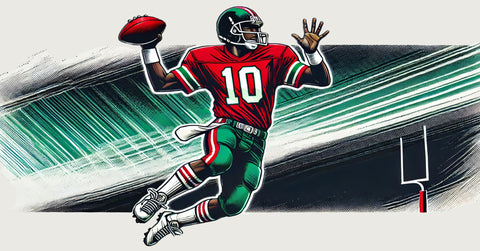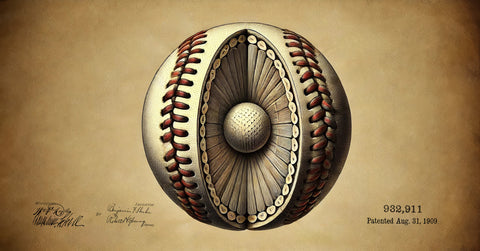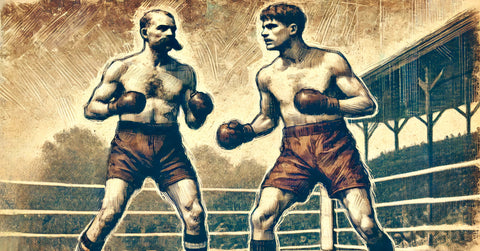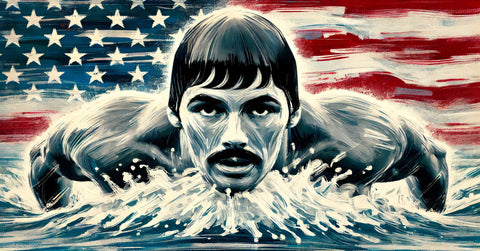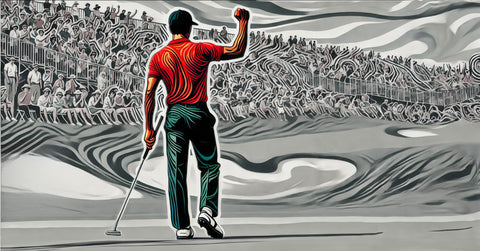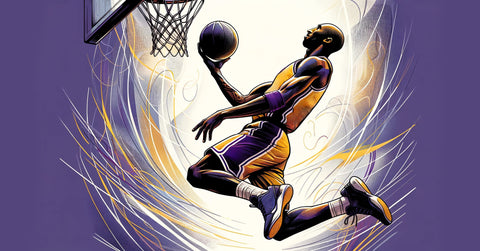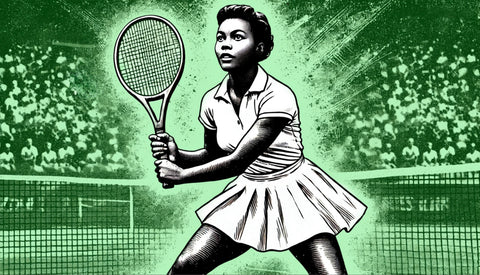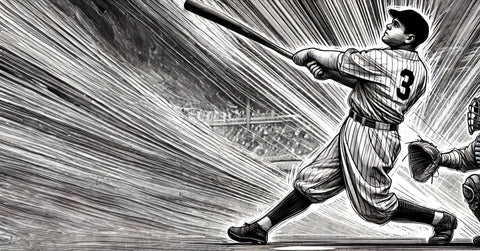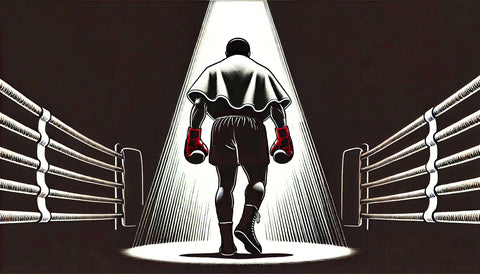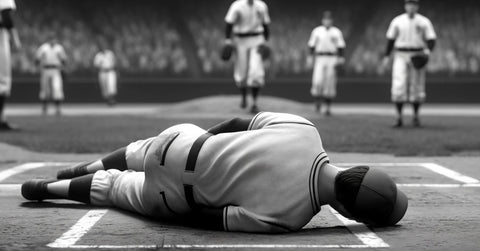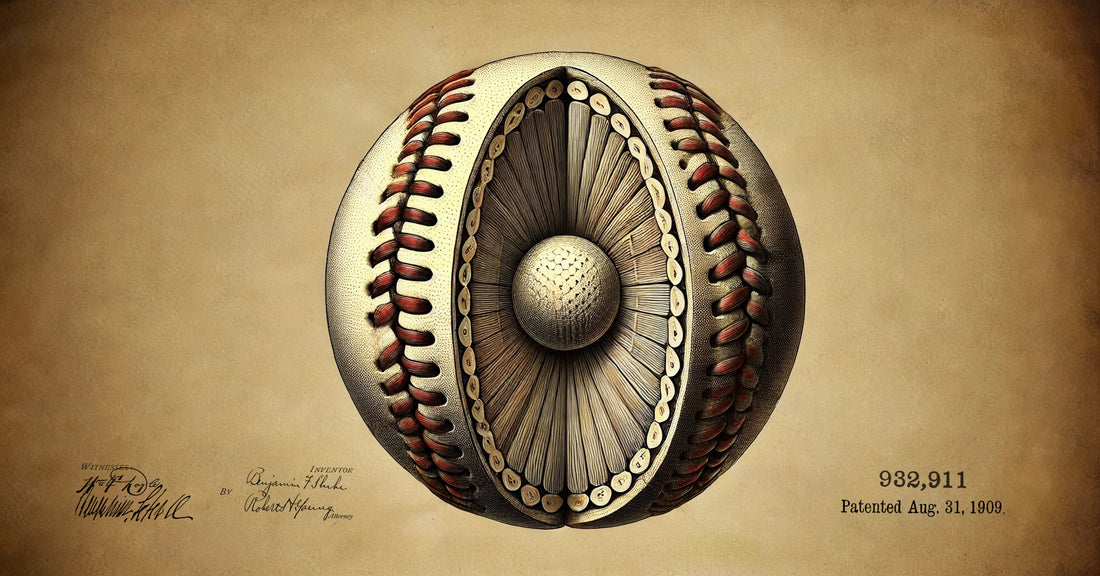
August 31, 1909: The patent that changed baseball.
Share
On this day in 1909, Benjamin F. Shibe and the A.J. Reach Company received a patent for the cork-centered baseball, a seemingly simple change that would forever alter America’s pastime. This innovation marked a significant milestone in the history of baseball, paving the way for the modern era of the game and influencing the dynamics of play.
Before the introduction of the cork-centered design, baseballs were made with a solid rubber core. While effective, these balls were known for their density and less lively bounce, leading to fewer home runs and a more defense-dominated game. Shibe, a key figure in baseball innovation, envisioned a ball that would enhance the excitement of the game. By using a cork core wrapped in rubber and encased in yarn and leather, Shibe’s design produced a livelier ball that could be hit for greater distance. The patent, granted on August 31, 1909, marked the beginning of a new era for baseball.
The introduction of the cork-centered baseball is widely regarded as a turning point in baseball history. This change contributed to the transition from the “dead-ball era” to the “live-ball era,” significantly impacting how the game was played. Previously, pitchers had dominated the sport, and low-scoring games were common. The new baseballs allowed batters to hit the ball farther and more consistently, leading to higher-scoring games and the rise of power hitters. By 1920, cork-centered baseballs had become the standard, signaling the decline of small-ball strategies and the emergence of legends like Babe Ruth, who leveraged the livelier ball to set home run records.
While the cork-centered ball represented a major advancement, the baseball has undergone various changes over the years. The core material has seen multiple variations, including cushioned cork and later, rubber-cushioned cork, to fine-tune the balance between pitcher and batter advantages. The leather cover, initially made of horsehide, was replaced by cowhide in the mid-1970s, offering a more consistent texture. The introduction of raised stitching improved the pitcher’s grip and allowed for more diverse pitching techniques.
Baseballs are meticulously hand-stitched, featuring exactly 108 stitches of waxed red cotton thread. This iconic red stitching serves not only a practical purpose but also symbolizes the sport itself. The standard baseball weighs between 5 and 5.25 ounces and has a circumference of 9 to 9.25 inches, remaining relatively unchanged for over a century.
The patenting of the cork-centered baseball by Benjamin F. Shibe and the A.J. Reach Company was a pivotal moment in baseball history, fundamentally changing how the game was played and enjoyed. It set the stage for the offensive explosion that came to define much of 20th-century baseball. As we celebrate this historic event, it serves as a reminder of how innovation can shape the course of sports and captivate fans across generations.





